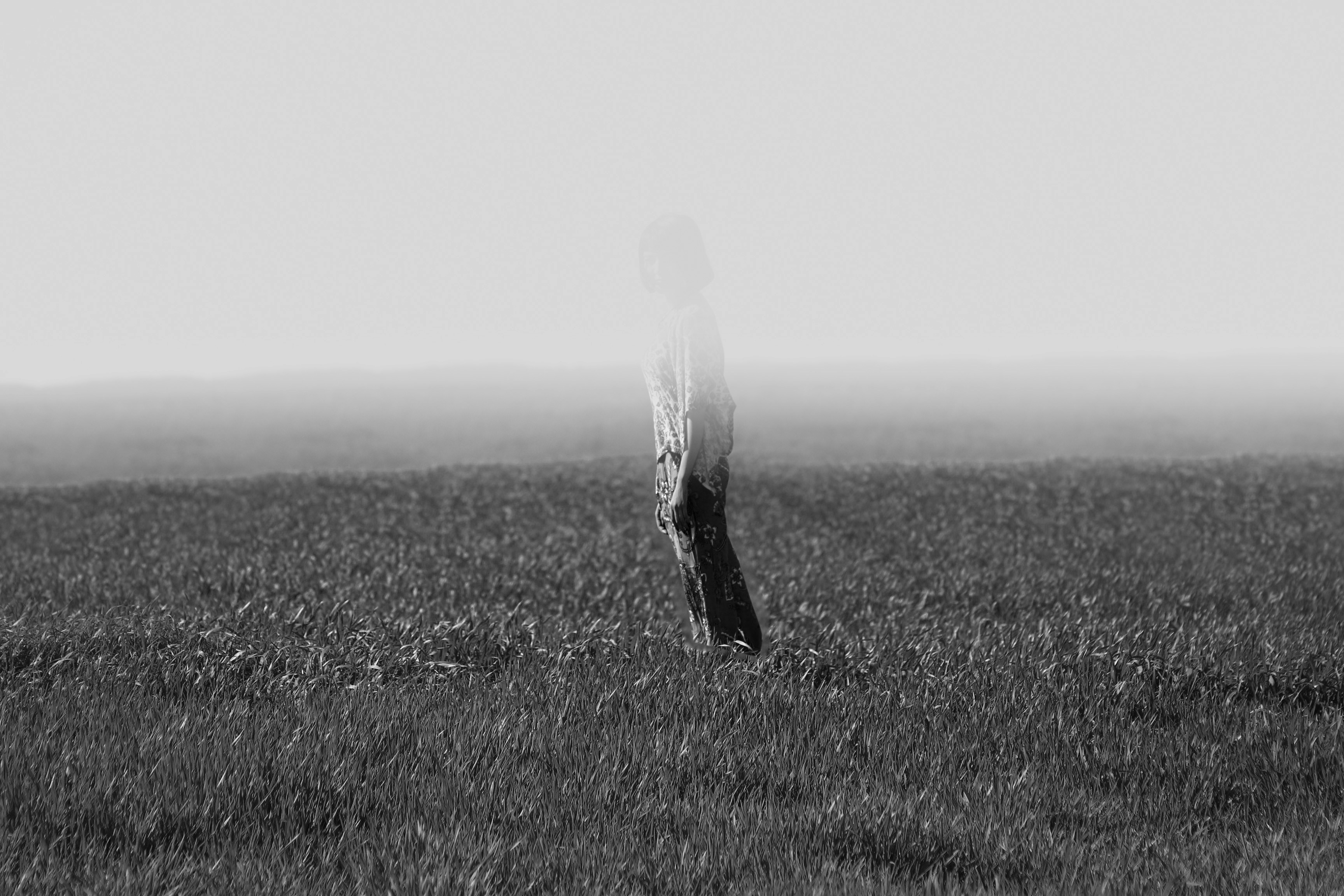Image Fade-In Out Swap: A Comprehensive Guide
Aug 7, 2024

In the world of web design, creating visually appealing and interactive elements is crucial to enhance user experience. One such technique that has gained popularity is the image fade-in out swap. This method allows images to transition smoothly, providing a more engaging experience for users. In this blog post, we will explore the concept of image fade-in out swap, how to implement it using HTML, CSS, and JavaScript, and discuss the best practices to ensure a seamless user experience.
Understanding the Image Fade-In Out Swap
The image fade-in out swap technique involves transitioning between images with a smooth fade effect. This can be particularly useful in galleries, product showcases, or any scenario where visual content needs to be highlighted without abrupt changes. By employing this method, you can create a more dynamic and visually appealing interface.
Why Use the Image Fade-In Out Swap?
Enhanced User Experience: The fade effect makes transitions less jarring, allowing users to absorb content more comfortably.
Visual Interest: Adding animations can make your website more engaging and memorable.
Focus on Content: The fade-in effect can help direct user attention to specific images or information.
The Best Flex: Implementing the Image Fade-In Out Swap
To effectively implement the image fade-in out swap, we will utilize a combination of HTML, CSS, and JavaScript. Below are the steps to create a simple yet effective implementation.
Step 1: HTML Structure
We will start by creating a simple HTML structure that includes images and links to swap them.
Step 2: CSS for Styling and Animation
Next, we will style the images and add the fade-in and fade-out effects using CSS.
Step 3: JavaScript for Image Swapping
Now, we will write the JavaScript function to handle the image swapping with fade effects.
How It Works
HTML Structure: The main image is displayed in a container, and thumbnails are provided for swapping. Each thumbnail has an
onclickevent that calls theswapImagefunction.CSS Styling: The main image has a transition effect applied to its opacity. When the
fadeclass is added, the opacity transitions to 0, creating a fade-out effect.JavaScript Functionality: When a thumbnail is clicked, the
swapImagefunction is triggered. It first adds thefadeclass to the main image to initiate the fade-out effect. After a timeout that matches the CSS transition duration, the image source is updated, and thefadeclass is removed to fade the new image in.
Box Basics: Best Practices for Image Fade-In Out Swap
To ensure the best user experience when implementing the image fade-in out swap, consider the following best practices:
Optimize Images: Ensure that images are optimized for web use to reduce loading times. Use formats like JPEG or PNG and compress them appropriately.
Accessibility: Always include
altattributes for images to improve accessibility for users with screen readers.Responsive Design: Make sure your images and containers are responsive to different screen sizes. Use CSS media queries to adjust styles as needed.
Testing: Test the functionality across different browsers and devices to ensure compatibility and performance.
Conclusion
Theimage fade-in out swaptechnique is an effective way to enhance the visual appeal of your website while improving user experience. By following the steps outlined in this guide, you can implement this feature using simple HTML, CSS, and JavaScript. Remember to keep best practices in mind to ensure a smooth and engaging experience for your users.
By mastering the best flex of this technique, you can create stunning visuals that captivate your audience. Whether you're showcasing products, creating galleries, or simply enhancing your site's aesthetics, the image fade-in out swap is a powerful tool in your web design arsenal.